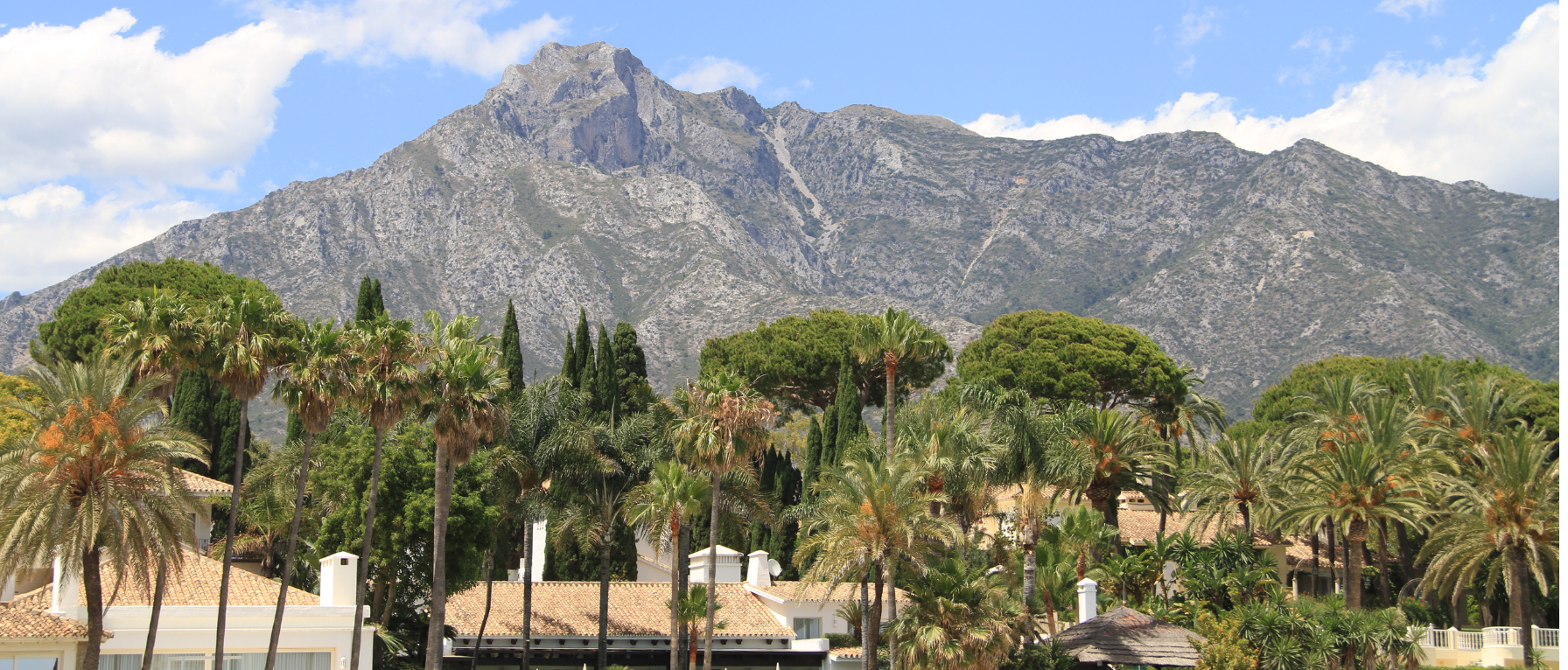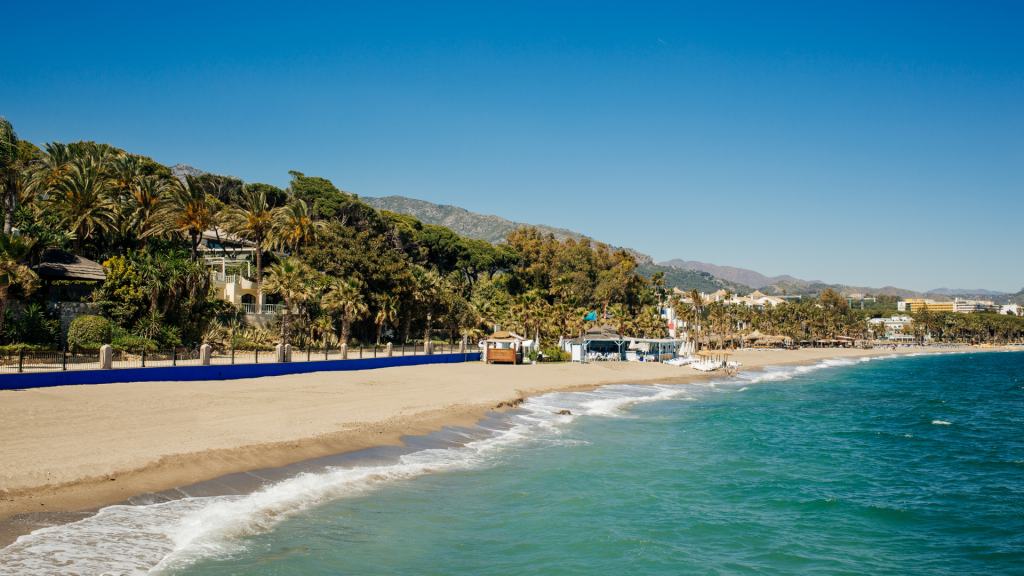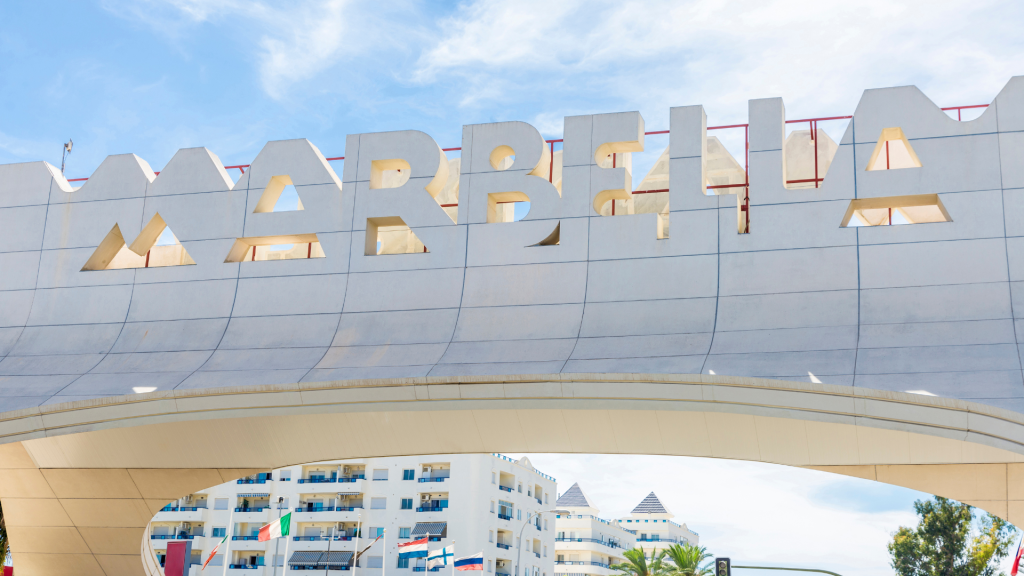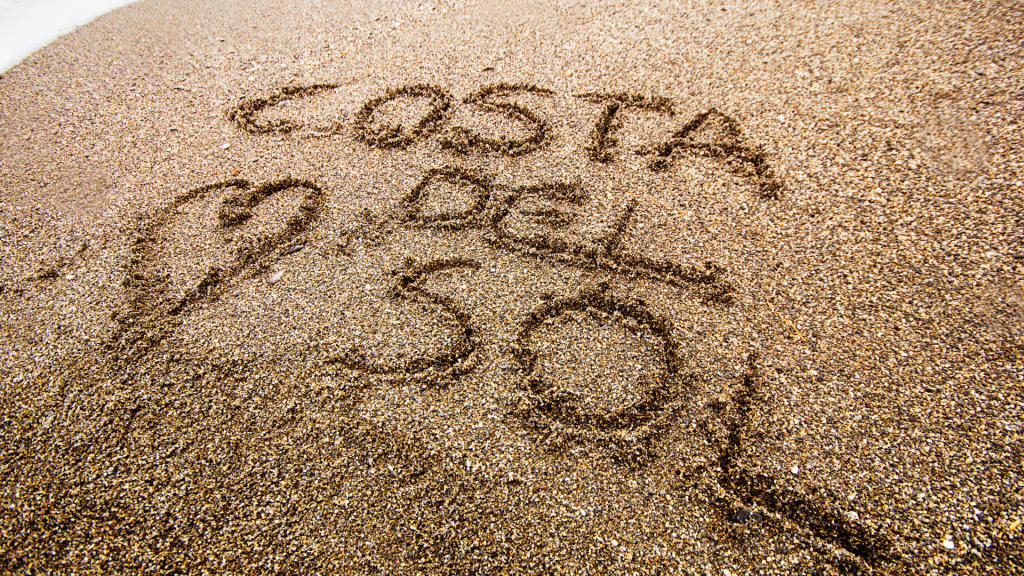
Buy Property Costa del Sol: Your Guide to a Dream Home
The Costa del Sol, stretching along Spain’s southern coastline, has long been a magnet for those seeking sun, sea, and a slice of Mediterranean paradise. With over 300 days of sunshine annually, vibrant culture, and a diverse property market, it’s no wonder people from around the globe are drawn to this region. Whether you’re envisioning a holiday home, a permanent residence, or an investment opportunity, the decision to buy property on the Costa del Sol is both exciting and complex. This guide will walk you through the process, offering practical advice and emotional insights to help you turn your dream into reality.
Why Choose the Costa del Sol?
The allure of the Costa del Sol lies in its unique blend of natural beauty and modern convenience. From the golden beaches of Estepona to the cosmopolitan buzz of Marbella, the region offers something for everyone. Families are attracted to excellent international schools, retirees seek the mild climate, and investors eye the robust rental market fueled by tourism. According to a 2023 market report, property prices here have risen steadily, yet remain competitive compared to other European hotspots like the French Riviera.
Moreover, the lifestyle is hard to beat. Imagine sipping coffee on your terrace with views of the Mediterranean or strolling through charming whitewashed villages. The emotional pull is strong—owning a home here feels like claiming a piece of paradise. However, the decision requires careful planning to ensure it aligns with your goals.

Understanding the Property Market
Before diving in, it’s essential to grasp the Costa del Sol’s property landscape. The region spans over 150 kilometers, encompassing towns like Málaga, Torremolinos, Fuengirola, and Benalmádena, each with its own character. Prices vary widely depending on location and property type. For instance, a modern apartment in Málaga might start at €200,000, while a luxury villa in Marbella could exceed €2 million.
The market has seen a post-pandemic boom, with demand surging as remote work enables more people to relocate. A market analysis from 2024 highlights a 15% increase in foreign buyers, particularly from the UK, Scandinavia, and the US. This influx has tightened supply, especially for well-priced properties near the coast, making timing and research critical.
Key Steps to Buying Property
Purchasing a home on the Costa del Sol follows a structured process, but it’s distinct from other countries. First, define your budget and priorities—do you want proximity to the beach, golf courses, or urban amenities? Next, engage a reputable real estate agent familiar with the region. Websites like FMProperties offer listings and expert guidance tailored to international buyers.
Once you’ve found a property, due diligence is non-negotiable. Hire a lawyer to check for legal issues, such as debts or planning violations, which can derail your purchase. We recommend withholding 3% of the price when buying from a non-resident seller to cover potential taxes—a step often overlooked by first-timers. Don’t miss our buyer's guide to know more about the buying process.
Financing Your Purchase
For many, financing is a pivotal consideration. Spanish banks offer mortgages to non-residents, typically covering 60-70% of the property value, though terms vary. Shop around for the best rates before committing—BBVA and Santander are popular options. Alternatively, if you’re cash-ready, you’ll have an edge in negotiations, as sellers prefer quick, hassle-free deals.
Emotionally, this stage can feel daunting. The numbers might overwhelm you, but securing financing is a milestone that brings your dream closer. Take your time to explore options and consult a financial advisor to ensure affordability.

Costs Beyond the Price Tag
Beyond the purchase price, additional costs can catch those who buy property on the Costa del Sol. For new properties, expect to pay 10% VAT (IVA) plus 1.5% stamp duty (AJD). Resale properties incur a transfer tax (ITP) of 7-11%, depending on the region. Legal fees, notary costs, and property registry fees typically add another 1-2%.
Budgeting for these extras prevents financial strain later. There’s also the emotional reward of knowing you’ve planned thoroughly—peace of mind is priceless when you’re investing in a new chapter of life.
Choosing the Right Location
Location is everything on the Costa del Sol. Coastal towns like Estepona offer affordability and charm, while Marbella boasts luxury and prestige. Málaga, the region’s cultural hub, appeals to those seeking urban vibrancy. Consider your lifestyle: do you crave quiet evenings or a lively social scene? Golf enthusiasts might lean toward Nueva Andalucía, dubbed the “Golf Valley.”
Visiting in person helps you feel the vibe of each area. Posts on X often rave about the laid-back pace of Fuengirola or the upscale allure of Puerto Banús, reflecting the diversity of experiences available. Your heart will guide you as much as your head.
The Emotional Journey of Buying
Buying property here isn’t just a transaction—it’s an emotional rollercoaster. The thrill of finding “the one” can quickly turn to anxiety over paperwork or negotiations. Yet, the moment you sign the deed in front of a notary, euphoria takes over. Picture yourself unlocking the door to your new home, the sea breeze wafting in—it’s a memory worth chasing.
To manage stress, lean on professionals and trust the process. Every hurdle is a step toward a lifestyle that promises relaxation, adventure, and connection.

Practical Tips for Success
To ensure a smooth purchase, start by getting an NIE (Número de Identificación de Extranjero), a tax ID required for all transactions in Spain—apply at a local police station or consulate. Open a Spanish bank account to streamline payments, as advised by Cristina from Martinez-Echevarria Lawyers. Inspect properties thoroughly, ideally with an agent, to avoid surprises like structural issues.
Emotionally, stay patient. The Spanish pace can feel slow, but it’s part of the charm. Celebrate small wins, like securing a viewing or finalizing your mortgage, to keep momentum.
Living the Costa del Sol Dream
Once you’ve bought your property, the real adventure begins. Whether it’s furnishing your space, exploring local markets, or hosting friends, the region rewards you with endless possibilities. The Costa del Sol’s expat-friendly communities make settling in easier, with groups like the British Chamber of Commerce in Spain offering networking opportunities.
The emotional payoff is immense—sunsets over the sea, the hum of flamenco in the air, and a sense of belonging. Your investment becomes a home, a sanctuary, and a legacy.
Conclusion
Deciding to buy property on the Costa del Sol is a journey of practicality and passion. With careful planning, expert support, and an open heart, you can navigate the process and claim your place in this sun-soaked haven. The region’s beauty, lifestyle, and investment potential make it a choice you won’t regret. Ready to take the leap? Start today, and let the Costa del Sol welcome you home.
FAQ
Q: What’s the first step to buy property on the Costa del Sol?
A: Get an NIE (tax ID) from a Spanish police station or consulate—it’s essential for all transactions.
Q: How much are the additional costs when buying property?
A: Expect 10-15% above the price, covering taxes (VAT/ITP), legal fees, and notary costs.
Q: Can foreigners get a mortgage in Spain?
A: Yes, Spanish banks offer mortgages to non-residents, typically financing 60-70% of the property value.
Q: Why is location so important on the Costa del Sol?
A: Each town offers a unique lifestyle—coastal charm, urban energy, or luxury—matching your preferences.
Q: How long does the buying process take?
A: It varies, but with preparation, expect 2-3 months from offer to completion.

